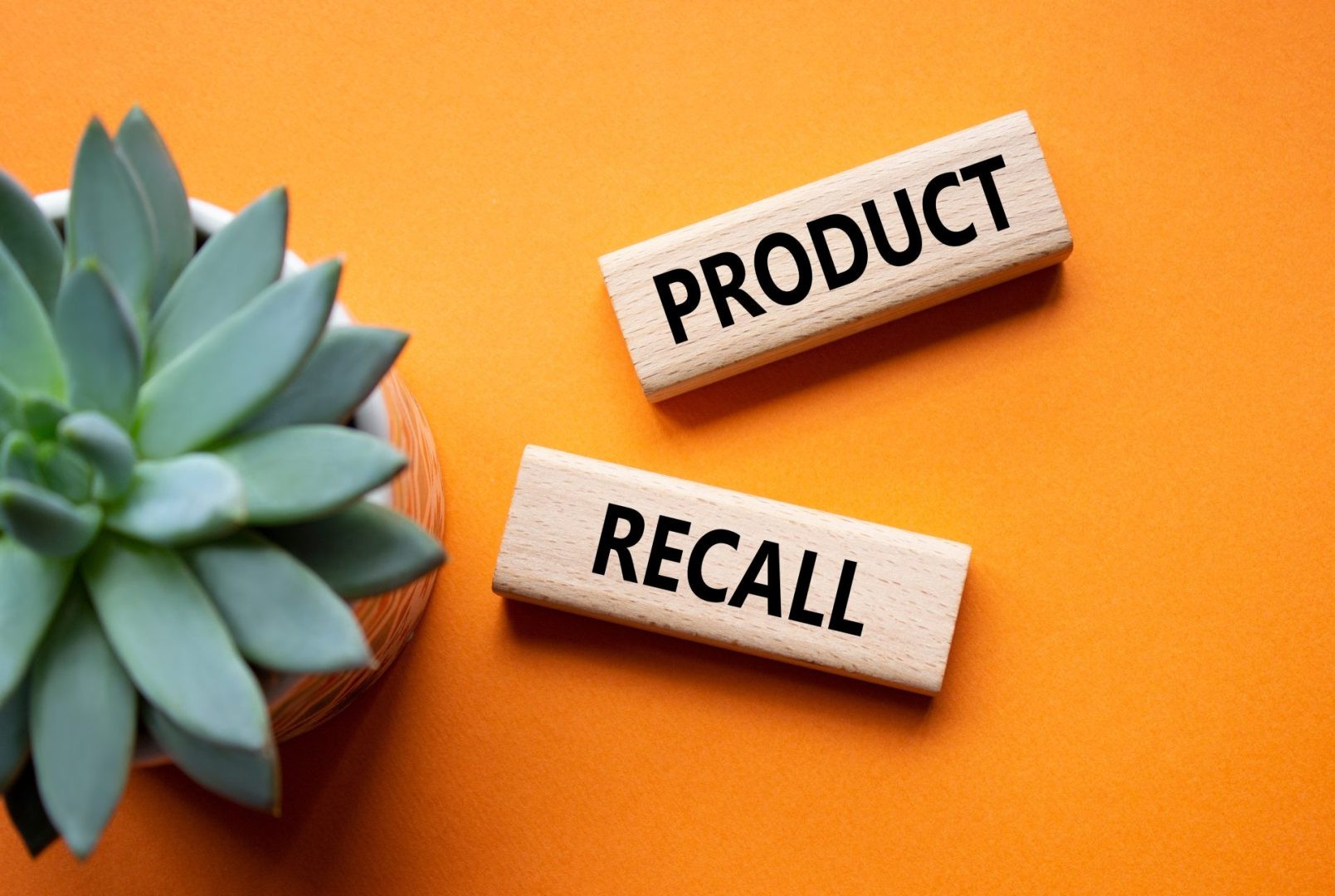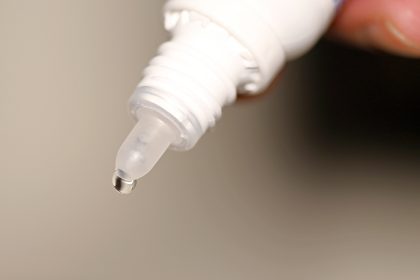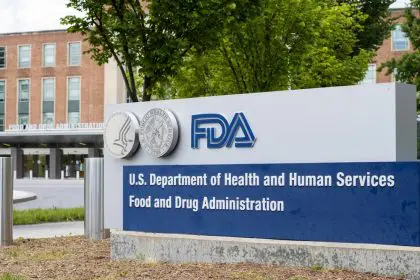Thousands of pounds of premium butter have been recalled after testing revealed concerning bacterial levels, affecting customers in multiple states.
Understanding the contamination concern
A significant recall has been issued for Cabot Creamery butter products across seven states due to potential contamination. The recall affects approximately 1,700 pounds of butter, prompting concern among consumers who may have purchased the affected products.
On March 26, Agri-Mark, Inc., the parent company of Cabot Creamery, voluntarily recalled its Extra Creamy Premium Butter after testing revealed elevated levels of coliform bacteria. These microorganisms are commonly found in the environment and in animal waste. While many strains are harmless, their presence can indicate potential fecal contamination and possible health risks.
The Food and Drug Administration classified this recall as a Class III risk level on April 8, suggesting that the butter is “not likely to cause adverse health consequences.” Despite this lower risk classification, authorities still advise consumers to dispose of any affected product as a precautionary measure.
How to identify affected products
Consumers should carefully check their refrigerators for the following specific details to identify the recalled butter:
Product Name: Cabot Creamery Extra Creamy Premium Butter, Sea Salted Package Size: 8 oz. (two 4 oz. sticks) Best-By Date: Sept. 9, 2025 UPC Code: 0 78354 62038 0 Lot Code: 090925-055 Item Number: 2038
The recall specifically targets products with these identifiers, so checking these details is essential to determine whether your butter is affected.
Where the recall applies
The recall impacts consumers across seven specific states where the product was distributed: Vermont, New York, Pennsylvania, Maine, Connecticut, New Hampshire, and Arkansas.
Residents of these states should be particularly vigilant about checking their butter products against the recall information.
Health implications of bacterial contamination
The presence of coliform bacteria in food products serves as an indicator of possible contamination issues. While most coliform bacteria are not directly harmful, they can signal the potential presence of more dangerous pathogens.
Coliform bacteria encompass a broad group of microorganisms, most of which are benign. However, certain strains, such as specific types of E. coli, can cause severe gastrointestinal illness, particularly in vulnerable populations like young children, elderly individuals, and those with compromised immune systems.
The FDA recommendation advises that consumers who have purchased the recalled butter should not consume it under any circumstances. Instead, affected products should either be returned to the store of purchase or safely disposed of to eliminate any potential risk.
Steps for affected consumers
For consumers who may have purchased the recalled Cabot Creamery butter, several important steps should be taken. Examine your refrigerator thoroughly for the affected product using the identification details provided above. If you locate butter matching the recall description, avoid consuming it immediately.
Return the product to your place of purchase where you may be eligible for a full refund. If returning the product isn’t feasible, dispose of it safely in a sealed container to prevent possible consumption.
Additionally, consumers should continue monitoring official channels for any updates regarding this recall, as information may evolve as the investigation progresses.
The broader context of food safety
Food recalls highlight the complex nature of our food supply chain and the vigilance required to maintain safety standards. Contamination can occur at various points from production to distribution, despite stringent safety protocols in place throughout the industry.
The voluntary nature of this recall demonstrates the food industry’s commitment to consumer safety, with companies often initiating recalls proactively before any reported illnesses. This preventive approach helps mitigate potential health risks before widespread problems occur.
For Cabot Creamery, a brand known for its premium dairy products, addressing potential contamination quickly helps maintain consumer trust and demonstrates commitment to product quality and safety standards.
Monitoring for symptoms
Although the FDA has classified this as a lower-risk recall, consumers who have recently consumed the affected butter should remain aware of potential symptoms of foodborne illness. These may include stomach cramps or abdominal pain, diarrhea (which may be bloody in severe cases), vomiting, fever, and dehydration.
Should any of these symptoms appear after consuming the potentially contaminated product, seeking medical attention is advisable, particularly if symptoms persist or worsen over time.
Prevention of future risks
This recall serves as a reminder of the importance of food safety practices both in production facilities and at home. Consumers can take several steps to reduce their risk of foodborne illness by regularly checking for food recalls through official government websites and news sources.
Always follow proper food storage guidelines, particularly for perishable dairy products, and pay attention to expiration dates. Discard products that have exceeded their shelf life, maintain proper refrigeration temperatures below 40°F (4°C), and clean refrigerators regularly to prevent cross-contamination.
These practices help reduce the risk of foodborne illness and complement the safety measures implemented by food producers and regulatory agencies.
The food safety system at work
The identification and subsequent recall of potentially contaminated Cabot Creamery butter demonstrates the effectiveness of food safety monitoring systems. Regular testing by both manufacturers and regulatory agencies helps identify potential issues before they can cause widespread illness.
When contamination is detected, the recall system enables swift removal of affected products from store shelves and alerts consumers who may have already purchased them. This coordinated approach between industry and government agencies forms a crucial safety net for consumers.
As this recall situation evolves, consumers are encouraged to stay informed through official channels and follow guidance from public health authorities to ensure their safety and well-being.















